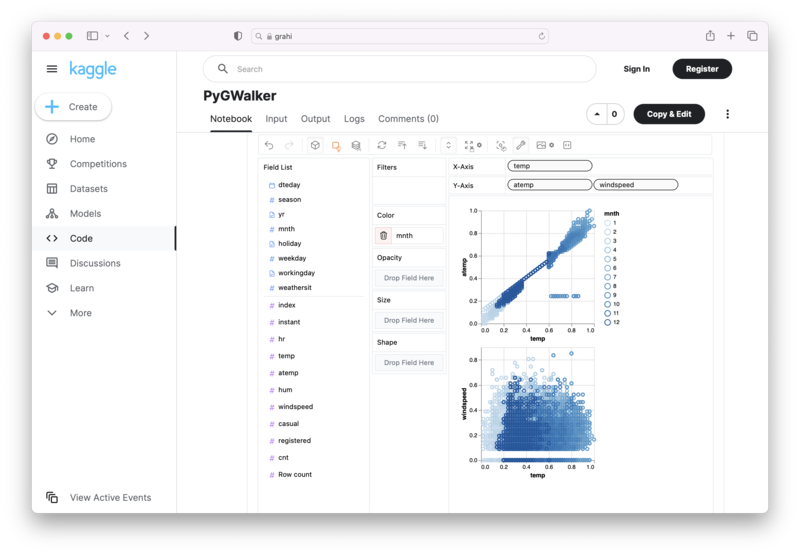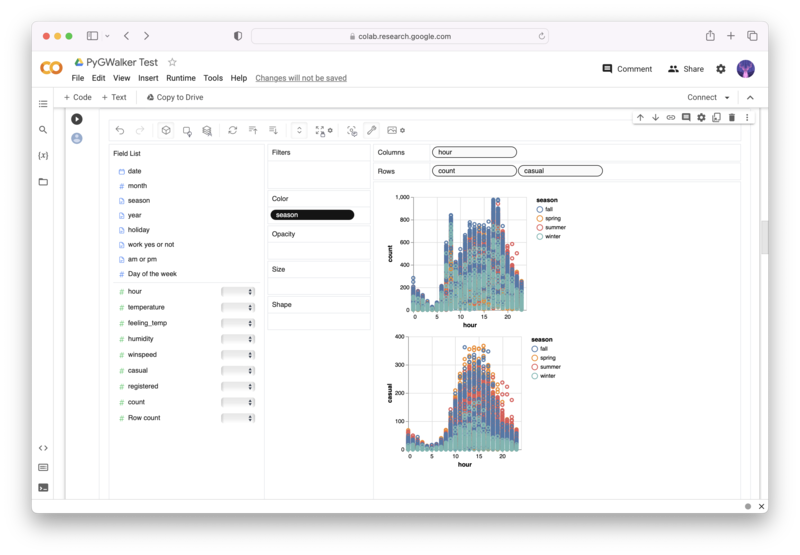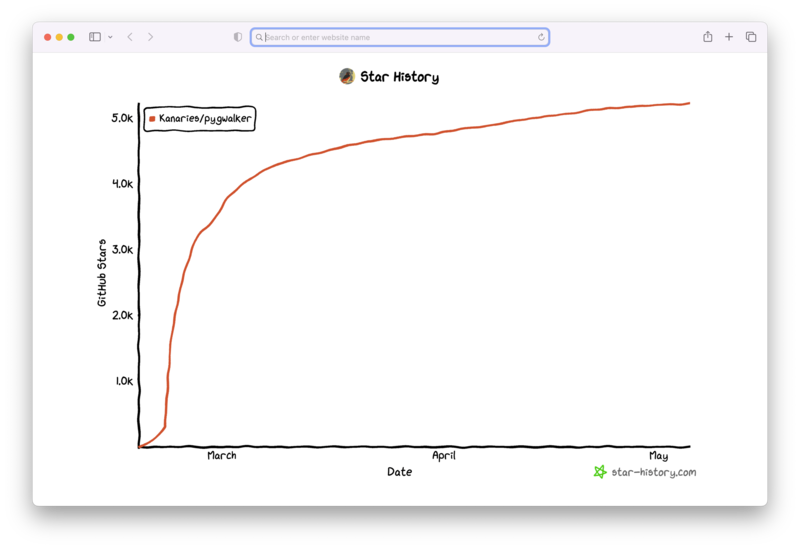How to Fix Key Errors in Pandas: An In-Depth Guide
Published on
If you're a data analyst or a data scientist, you've likely encountered the dreaded Pandas KeyError. This error, though common, can be particularly frustrating. However, with a bit of insight and the right tools, you can quickly diagnose and resolve these issues. This article will provide an in-depth guide on how to fix key errors in Pandas.
Want to quickly create Data Visualizations in Python?
PyGWalker is an Open Source Python Project that can help speed up the data analysis and visualization workflow directly within a Jupyter Notebook-based environments.
PyGWalker (opens in a new tab) turns your Pandas Dataframe (or Polars Dataframe) into a visual UI where you can drag and drop variables to create graphs with ease. Simply use the following code:
pip install pygwalker
import pygwalker as pyg
gwalker = pyg.walk(df)You can run PyGWalker right now with these online notebooks:
And, don't forget to give us a ⭐️ on GitHub!
Understanding Pandas KeyError
Before we jump into how to fix these errors, let's first understand what a Pandas KeyError is.
In Pandas, a 'key' is another name for a column name in your DataFrame. A KeyError means that Pandas is unable to find the column name you're trying to access. This could be because the name does not exist, or perhaps there's a typo in the name you're using. Understanding this is the first step towards fixing key errors.
Method 1: Ensuring Column Label Exists
The most straightforward way to avoid KeyError is to ensure that the column label exists in your DataFrame. This requires a good understanding of your data and careful coding.
Here's a simple example of how you might encounter a KeyError:
import pandas as pd
data = {'Name': ['John', 'Anna', 'Peter'],
'Age': [28, 24, 22]}
df = pd.DataFrame(data)
print(df['Names']) # This will raise a KeyError because the correct column name is 'Name'If you're unsure whether a column exists, you can use the following code to check:
if 'Names' in df.columns:
print(df['Names'])
else:
print("Column does not exist.")Method 2: Using the get() Method
If you're looking to catch the error without halting your code, you can use the get() function. This function returns the column if it exists, or a default value if it doesn't. Here's how you can use it:
print(df.get('Names', 'Column not found'))Advanced Error Handling: Using Try, Except
While the above methods are effective, sometimes you might want a more robust error handling approach. This is where Python's try and except blocks come in handy. You can attempt to access a column and if a KeyError is raised, you can handle it in your except block.
Here's an example:
try:
print(df['Names'])
except KeyError:
print('Column does not exist.')However, remember to avoid blanket try/except blocks without specifying the error type. This could lead to unexpected errors slipping through.
Conclusion
KeyErrors in Pandas are common, but with the right approach, you can prevent and resolve these errors efficiently. Always ensure the column labels exist in your DataFrame, use get() for safe access, and employ try/except for robust error handling.


